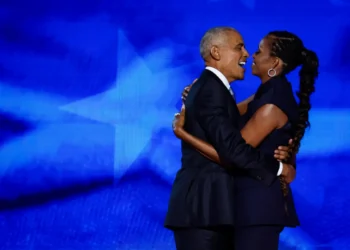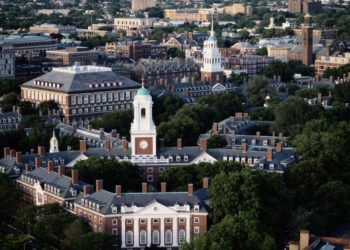Life just got a little more interesting for residents who smoke and live in public housing in the United States. Julian Castro, secretary of the U.S. Department of Housing and Urban Development recently revealed HUD has banned smoking in public housing beginning in February 2017. The ban will affect all apartments, indoor common areas, administrative buildings and areas up to 25 feet from all public housing buildings.
The new rule, banning smoking on all public housing property will affect over a million households nationwide. Cigarettes, cigars, pipes and hookahs (or water pipes) will now be banned from apartments and all areas within 25 feet of public housing. However, electronic cigarettes are not on the prohibited list, as the real concern, according to HUD officials, is second-hand smoke and limiting fire incidents. The department estimates that the ban “will save public housing agencies $153 million every year in repairs and preventable fires, including $94 million in secondhand smoke-related health care, $43 million in renovation of smoking-permitted units, and $16 million in smoking-related fire losses.”
“Every child deserves to grow up in a safe, healthy home free from harmful second-hand cigarette smoke,” says a written statement released by the Housing and Urban Development. “HUD’s smoke-free rule is a reflection of our commitment to using housing as a platform to create healthy communities. By working collaboratively with public housing agencies, HUD’s rule will create healthier homes for all of our families and prevent devastating and costly smoking-related fires.”
At this point, the smoking ban only applies to public housing complexes and administrative buildings. This may be a relief to residents who live in other HUD assisted housing such as section 8 and voucher program homes.
Though the rule, announced this week, goes into effect 60 days, public housing officials in every state have 18 months to fully implement the rule. While these new rules will affect low-income residents in every community, it will hit New York the hardest. New York has approximately 400,000 residents living in 178,000 state controlled units. Nationwide, HUD claims that there are 760,000 children living in public housing. The reduction of second-hand smoke in their buildings can impact their lives and health greatly.
Many residents are unhappy with the rule and see it as a form of punishment. Some others feel the residents have no right to complain. After all, they are living in public housing, partially paid for by the federal government. Some residents in public housing indeed pay a price comparative to that of others in the community, many in the public housing pay very little rent at all.
It has been argued that someone living in public housing, on government assistance, shouldn’t even be allowed to spend their money on tobacco products. This new rule, with the government now deciding what residents can and can not do in the privacy of their own may be just a gateway to the overbearing government rule to come.
More than a few people have rightfully questioned how HUD will enforce this rule and exactly what means of monitoring the residents smoking will be implemented. The greatest fear, having officers roaming the building, or random knocks at the door for inspections, which now have to be forewarned.
“The last thing that we want are evictions,” Castro told reporters, according to the Times. “We don’t see this as a policy that is meant to end in a whole lot of evictions. We’re confident that public housing authority staff can work with residents so that that can be avoided.”
While the federal agency has no problem making a sweeping rule, it has taken a step back in enforcing it. HUD has left it up to each state’s public housing authorities to use “lease enforcement actions” to enforce the rule. HUD did however, suggest “a graduated enforcement approach that includes escalating warnings with documentation to the tenant file.”
Myself, I think whether the renter pays $1,000 in rent of $1.00 in rent is irrelevant. Contracts are just that. These renters moved into buildings where smoking was not permitted in common areas, unaware that the government would later change the rule. Sadly, many are reminded of a time when they lived at home under their parents roof. A time when they had to obey the rules to avoid being kicked out. Public, low-income housing is all many of these families and residents can afford. It’s not as if they can or will just up and move.
The reason people get jobs and move out of their parents home into their own, is freedom. The freedom to live as they please. In America, freedom is being redefined daily. The boundaries between the government and ourselves shrinking all the while.
To view the new mandate on smoking in public housing check out this pdf file.












